The future development of tractors will be driven by two factors – alternative fuel sources and smarter machines with increased capability.
The next 10 years will see continuous development towards fully autonomous operations, relying less and less on the human operator.
This will mean autonomous vehicles, self-driving tractors and robots.
However, by 2030, we think it’s fair to say Ireland won’t be at the point of fully autonomous tractors, but some large-scale operations on the continent may very well be.
Fully autonomous vehicles is inevitably where we are headed.
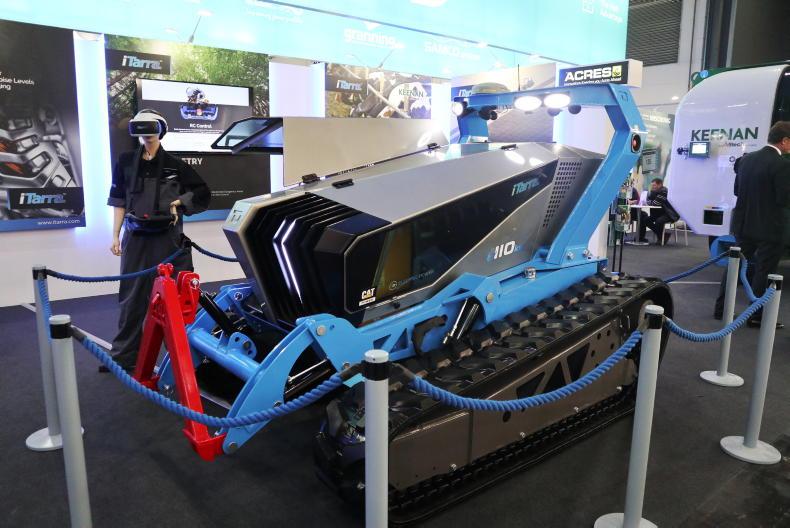
The Irish-built driverless smart tractor from Acres Machinery in Roscommon was showcased at Agritechnica 2019.
Fuel
The demise of diesel engines seems inevitable, but what will the alternative fuel source be?
The big challenge for alternative fuel is the ability to maintain machines at full capacity for long periods.
This is not yet possible with alternatives when carrying out power-hungry tasks. Manufacturers are currently looking at four main alternatives: methane, electric, hydrogen and hybrid.
Methane currently looks like the most likely alternative. This is a renewable gas, but still uses the internal combustion engine.
New Holland has taken its methane-powered tractor through to mass production this year.
The T6.180 methane model was first showcased at Agritechnica in 2019.
The only difference is its natural gas-fuelled engine. As with electric, fuel storage is a limitation to work range.
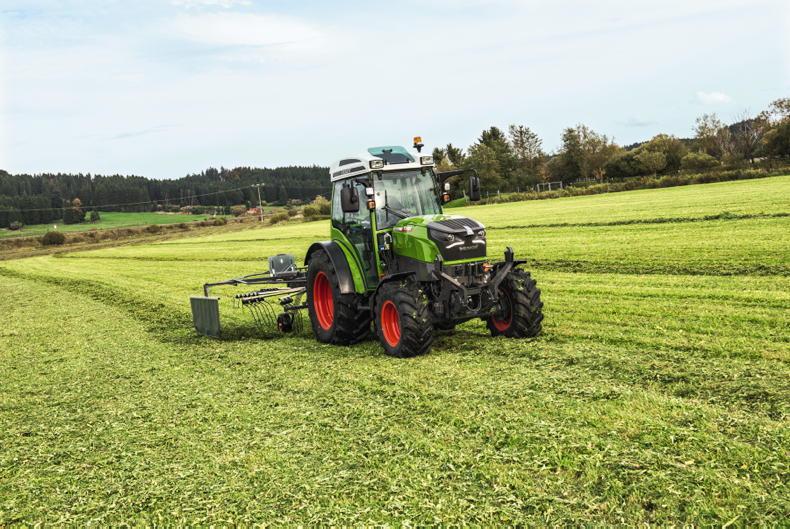
Fendt is developing its e100 Vario 67hp electric tractor but high battery prices remain an issue.
Electric
Electrical power has become increasingly popular, but only in small lightweight machines which are used intermittently and do not require large amounts of power.
Electric power will work successfully in machines that have short periods of use. Fendt is currently developing a 67hp (50Kw) electric E100 Vario model tractor, said to have a four-hour working range.
High battery prices are said to leave further development financially unviable.
Hydrogen gas
The conversion of ammonia to ultra-high-purity hydrogen, which is safe to store and transport, remains a challenge.
Its big attraction is that it is a carbon-free fuel and twice as efficient as petrol or diesel.
New Holland showcased a hydrogen-powered tractor in 2009, but limited availability of the fuel means that it has not been developed.
Hybrid
Hybrid technology encompasses a traditional combustion engine supported by an electric battery and drive system.
Now common in cars, this is one of the easier alternatives. However, for the long-distance driver, hybrid technology in the automotive industry hasn’t proved all that efficient, as hybrid vehicles tend to have short ranges in purely electric mode (circa 40km).
The rest of the time, the engine is running to recharge the battery and power the vehicle. As a result of the batteries and added technology, such vehicles tend to be heavier than their traditional combustion engine counterparts. Therefore, fuel economy tends to be poorer for long-distance driving than what’s advertised.
This leads us to think that hybrid tractors may have similar issues for power-hungry tasks if such technology becomes a reality. It is arguably a step in the right direction, but it will come down to economics.
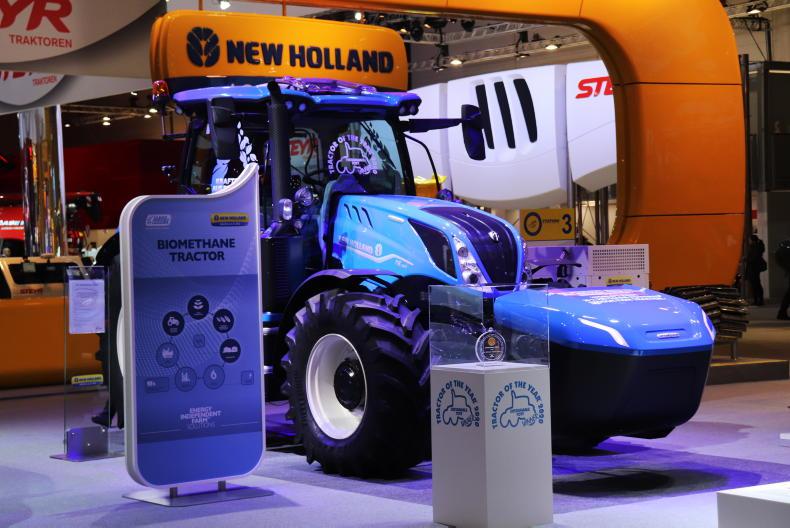
New Holland has begun commerical production of its T6.180 methane-powered tractor which was showcased at Agritechnica 2019.
Connectivity
Telematics and connected systems are very much part of the current focus. By 2030, it seems likely that machines will have increased ability to communicate with each other, their owners, the dealers and other third-party software.
Telematics systems enable both the owner and the dealer to monitor tractor performance and productivity. This is likely to lead to remote fault-finding, enabling the dealership to contact the operator before a fault develops.
John Deere is already doing this. It helps the farmer, as downtime can be scheduled in advance. Advancements in implement connectivity also seem inevitable. Tractors will communicate with implements, with Isobus and GPS systems playing a major role.
Tractor implement management (TIM) is a relatively new concept, whereby the implement controls the tractor. This allows any job to be done more precisely.
Some manufacturers already offer this for implements such as balers, which can stop the tractor when the chamber is full.
Implement hitching
Looking to the future, it seems likely that hitching and implement connection methods will change. It may not happen by 2030, but new concepts will emerge between now and then.
An example of this was seen at Agritechnica in 2019 when Irish manufacturer Acres Machinery unveiled its driverless iTarra smart tractor.
It did not have lift arms, toplink, pickup hitch or a PTO, which are elements of implement hitching we are all accustomed to.
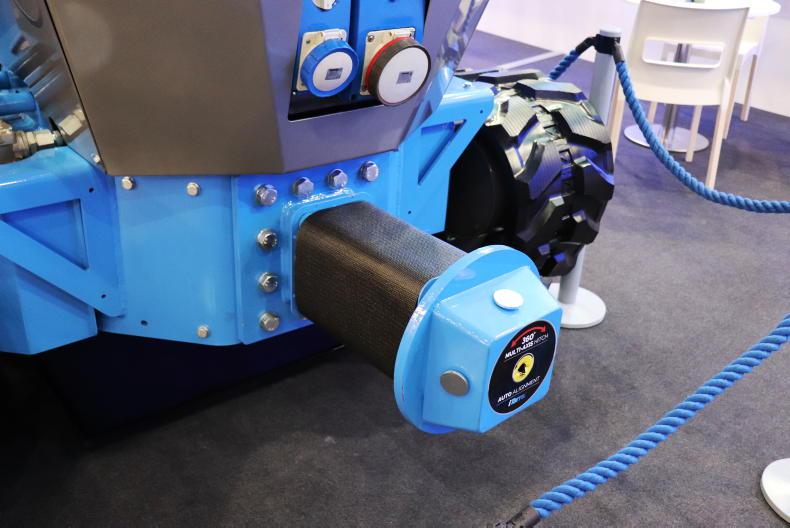
The iTarra presented a new implement hitching concept involving guidance sensors and a magnetic pin locking system.
Connection to an implement involved guidance sensors and a magnetic pin locking system. Electric power replaced the PTO system, so implements need to be compatible.
It is an exciting time to be involved in the industry and no doubt the next decade will bring about much change, some of which we’re sure will be unexpected.
The future development of tractors will be driven by two factors – alternative fuel sources and smarter machines with increased capability.
The next 10 years will see continuous development towards fully autonomous operations, relying less and less on the human operator.
This will mean autonomous vehicles, self-driving tractors and robots.
However, by 2030, we think it’s fair to say Ireland won’t be at the point of fully autonomous tractors, but some large-scale operations on the continent may very well be.
Fully autonomous vehicles is inevitably where we are headed.

The Irish-built driverless smart tractor from Acres Machinery in Roscommon was showcased at Agritechnica 2019.
Fuel
The demise of diesel engines seems inevitable, but what will the alternative fuel source be?
The big challenge for alternative fuel is the ability to maintain machines at full capacity for long periods.
This is not yet possible with alternatives when carrying out power-hungry tasks. Manufacturers are currently looking at four main alternatives: methane, electric, hydrogen and hybrid.
Methane currently looks like the most likely alternative. This is a renewable gas, but still uses the internal combustion engine.
New Holland has taken its methane-powered tractor through to mass production this year.
The T6.180 methane model was first showcased at Agritechnica in 2019.
The only difference is its natural gas-fuelled engine. As with electric, fuel storage is a limitation to work range.

Fendt is developing its e100 Vario 67hp electric tractor but high battery prices remain an issue.
Electric
Electrical power has become increasingly popular, but only in small lightweight machines which are used intermittently and do not require large amounts of power.
Electric power will work successfully in machines that have short periods of use. Fendt is currently developing a 67hp (50Kw) electric E100 Vario model tractor, said to have a four-hour working range.
High battery prices are said to leave further development financially unviable.
Hydrogen gas
The conversion of ammonia to ultra-high-purity hydrogen, which is safe to store and transport, remains a challenge.
Its big attraction is that it is a carbon-free fuel and twice as efficient as petrol or diesel.
New Holland showcased a hydrogen-powered tractor in 2009, but limited availability of the fuel means that it has not been developed.
Hybrid
Hybrid technology encompasses a traditional combustion engine supported by an electric battery and drive system.
Now common in cars, this is one of the easier alternatives. However, for the long-distance driver, hybrid technology in the automotive industry hasn’t proved all that efficient, as hybrid vehicles tend to have short ranges in purely electric mode (circa 40km).
The rest of the time, the engine is running to recharge the battery and power the vehicle. As a result of the batteries and added technology, such vehicles tend to be heavier than their traditional combustion engine counterparts. Therefore, fuel economy tends to be poorer for long-distance driving than what’s advertised.
This leads us to think that hybrid tractors may have similar issues for power-hungry tasks if such technology becomes a reality. It is arguably a step in the right direction, but it will come down to economics.

New Holland has begun commerical production of its T6.180 methane-powered tractor which was showcased at Agritechnica 2019.
Connectivity
Telematics and connected systems are very much part of the current focus. By 2030, it seems likely that machines will have increased ability to communicate with each other, their owners, the dealers and other third-party software.
Telematics systems enable both the owner and the dealer to monitor tractor performance and productivity. This is likely to lead to remote fault-finding, enabling the dealership to contact the operator before a fault develops.
John Deere is already doing this. It helps the farmer, as downtime can be scheduled in advance. Advancements in implement connectivity also seem inevitable. Tractors will communicate with implements, with Isobus and GPS systems playing a major role.
Tractor implement management (TIM) is a relatively new concept, whereby the implement controls the tractor. This allows any job to be done more precisely.
Some manufacturers already offer this for implements such as balers, which can stop the tractor when the chamber is full.
Implement hitching
Looking to the future, it seems likely that hitching and implement connection methods will change. It may not happen by 2030, but new concepts will emerge between now and then.
An example of this was seen at Agritechnica in 2019 when Irish manufacturer Acres Machinery unveiled its driverless iTarra smart tractor.
It did not have lift arms, toplink, pickup hitch or a PTO, which are elements of implement hitching we are all accustomed to.

The iTarra presented a new implement hitching concept involving guidance sensors and a magnetic pin locking system.
Connection to an implement involved guidance sensors and a magnetic pin locking system. Electric power replaced the PTO system, so implements need to be compatible.
It is an exciting time to be involved in the industry and no doubt the next decade will bring about much change, some of which we’re sure will be unexpected.







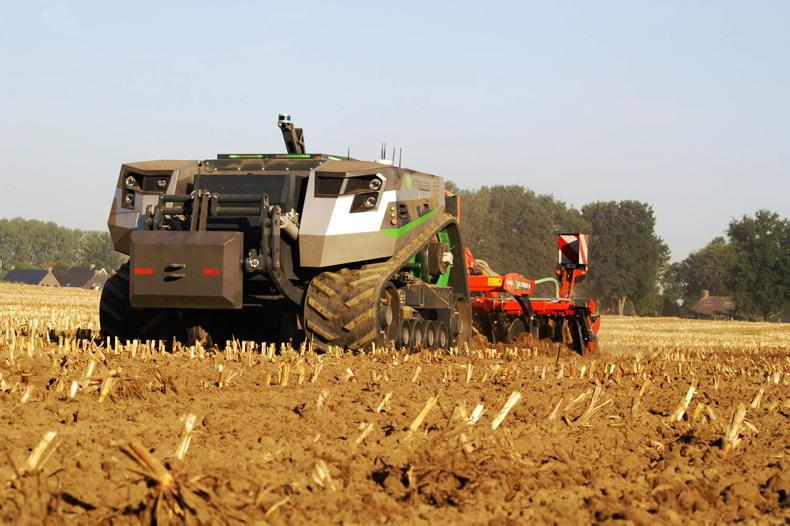

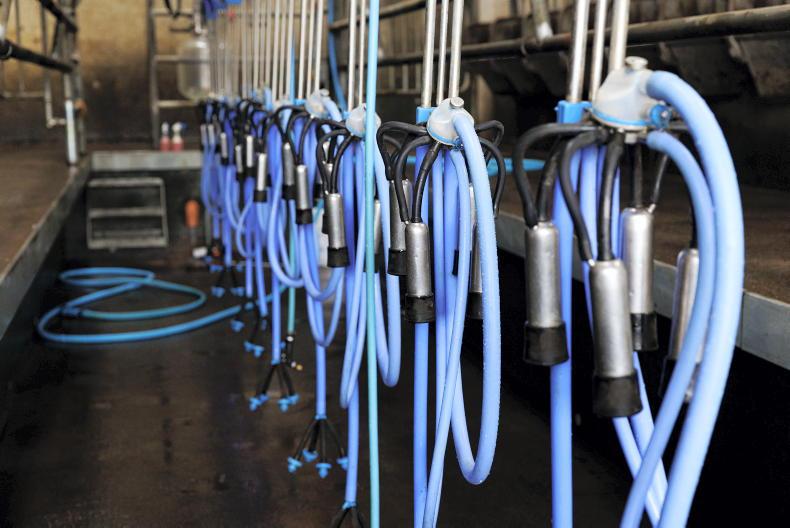

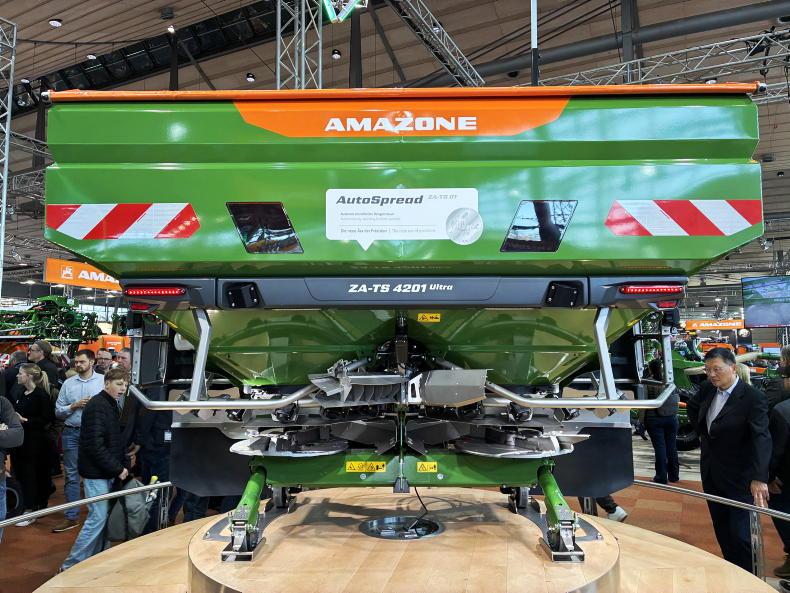
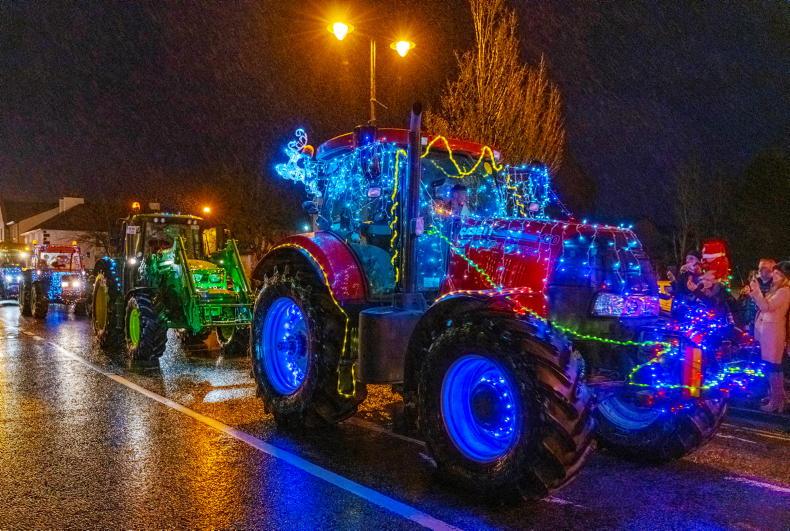
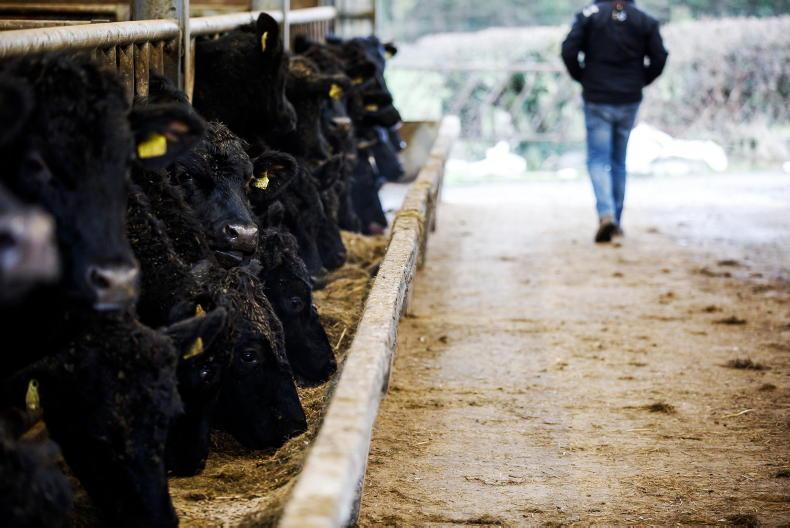
SHARING OPTIONS